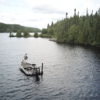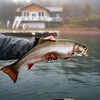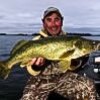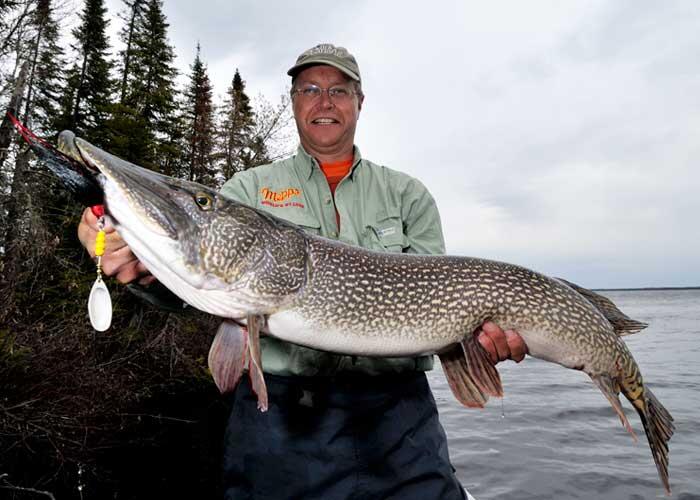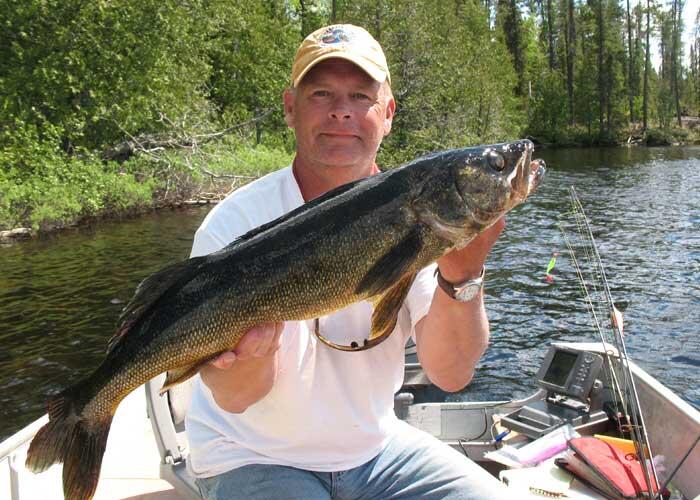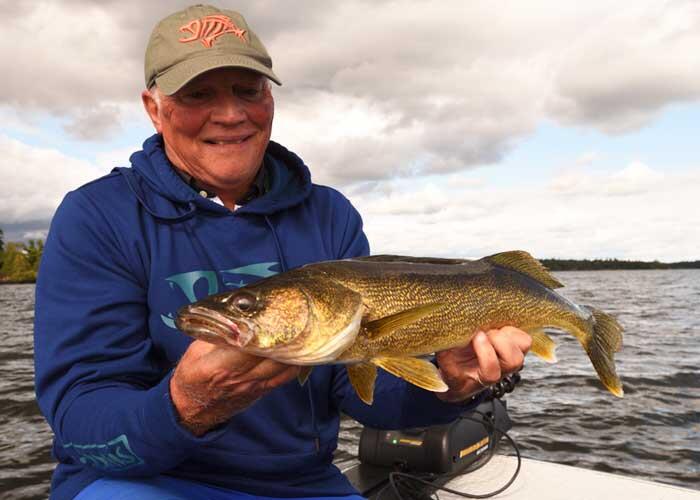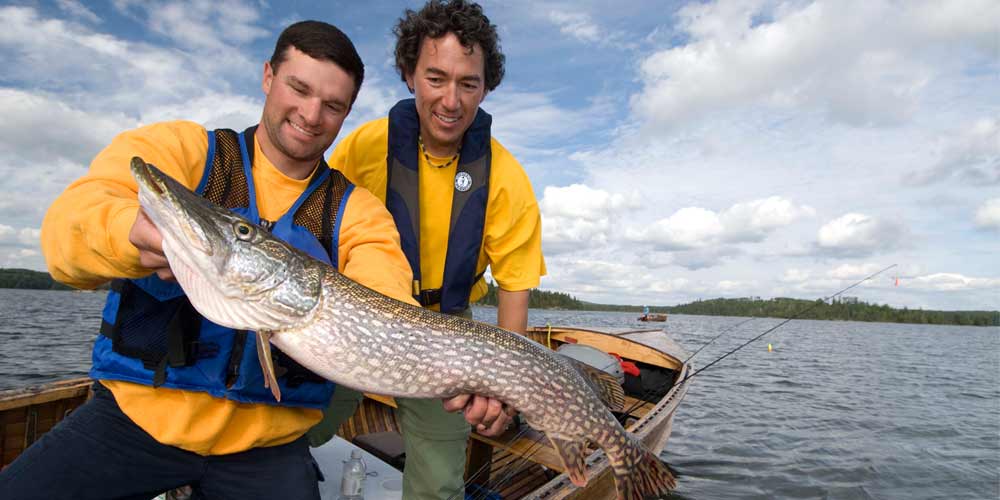
Fly-in Fishing

I enjoy it when someone asks me a specific question about fishing in Northern Ontario, because I imagine that if one person is pondering the question, others must be wondering the same thing.
So, when a friend recently asked, "Why, oh, why should I book that iconic fly-in fishing trip? What the heck is so damn special about remote-based fishing?" I thought to myself, what a good question.
My first reaction, of course, was the easy answer. Because you'll experience better fishing than you could ever possibly imagine. But then, the more I thought about it, the more I realized there are so many other things that matter.
Most anglers, for example, have never experienced the joy and wonder of catching 40, 50, even 60 or more fish a day. Nor have they dared ponder the possibility of catching walleye, northern pike, lake trout, smallmouth bass, muskies, or speckled trout so big they strain to hold them up for a photo.
Yet, truth be told, nearly every one of my personal best fish has come via a floatplane trip into a remote lake or river somewhere in Northern Ontario.
To say it is the stuff of dreams is to understate the elegance.
Something else that many folks fail to appreciate is the fact that the best fly-in fishing often occurs in the middle of summer when the days are gloriously long and warm in the picture-postcard North Country. It's the precise opposite of what is happening back home, where sweltering heat, high water temperatures and excessive fishing pressure are putting the fish in a funk.
- Plan a Fishing Trip in Sunset Country
- Plan a Fishing Trip in Superior Country
- Plan a Fishing Trip in Algoma Country
- Plan a Fishing Trip in Northeastern Ontario
Most Northern Ontario fly-in lakes and rivers, on the other hand, are located within the Arctic watershed, so while the air temperature may be gloriously warm, ideal water temperatures don't peak until July and August. It's why in the middle of summer, you'll find species like walleye eating three percent of their body weight every day.
Indeed, I remember flying into one of the famous blue ribbon rivers that flow off the Canadian Shield and into the Hudson's Bay Lowlands and enjoying the most spectacular fly fishing for speckled trout. It was mid-July, and the rivers back home were skinny, low, and so warm that the trout were sulking in any deep holes they could find. If you got out early in the morning or late in the evening, you were lucky if you spotted a few trout rising.
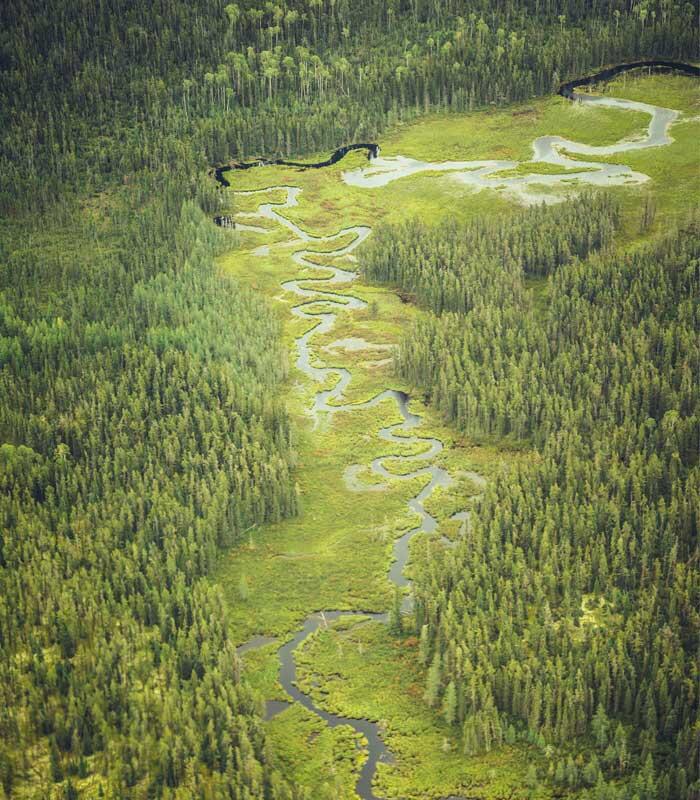
But up here, the action was deliriously ridiculous.
Slipping into the crystal clear river each day, I encountered hordes of outrageously coloured speckled trout that were acting like teenagers gorging on free pizza, as they sucked in the mayflies and caddisflies that were floating down the river like hot air balloons.
Gotta' confess, too, that you read so much about highly pressured trout being so selective they will only strike the most meticulously tied imitations presented just so.
Not these naive big'uns.
I actually discovered that when I floated a bigger-than-normal fly, a bigger-than-normal speckled trout would devour it.
And if I waited at the end of the drift for my big bushy dry to start skating across the surface, half a dozen specks would merrily splash and chase after it as though it were a game.
It is another reason why treating yourself to a Northern Ontario fly-in experience is so special. Not only have the fish never read the rule book – they don't even know it exists.
Indeed, the fishing pressure is typically so light that you "own the entire lake" for the duration of your stay. So the only other boats or anglers you ever see or hear are your giggling friends, who keep pinching themselves to make sure they're not dreaming.
It is important to mention, too, that most tour operators work carefully with the Ontario Ministry of Natural Resources to carefully manage the fisheries to ensure they remain world-class.
In most waters, for example, smaller immature fish are kept each day for shore lunch, while the large trophy-size walleye, northern pike, bass, and trout are carefully returned to the water so they can spawn and grow even bigger.
It's a case of having been able to have your cake and eat it too, and it is the reason why folks will tell you that fishing today is better than it was 20 or 25 years ago.
It's also why a Northern Ontario fly-in fishing trip is made to order for younger anglers, spouses, and friends who may never before have experienced such magic.
When my daughters were still in elementary school, my wife and I took them on a fly-in fishing trip to an outpost camp located in the heart of Northwestern Ontario.
We specifically chose an outpost camp, rather than one of the luxurious full-service lodges where you're pampered and spoiled each day, because the girls had several priorities to tick off their young checklists. Namely, sitting in the co-pilot seat of the Beaver floatplane for the flight into camp, skinny-dipping off the end of the dock, building a campfire each night, howling in the dark and listening to the timberwolves' mournful reply, cleaning the fish, and cooking our shore lunches.
Thirty years later, they talk about it like it happened yesterday and now, I am taking my grandkids on the same breathtaking adventures.
The memories are priceless.
And so, to answer my friend's question, this is what makes a fly-in fishing trip to a remote lake or river in Northern Ontario so damned special.
Recommended Articles

10 Facts About Lake of the Woods

Crawford’s Diamond in the Rough
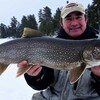
Winter Fish Scents
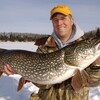
Eating Northern Pike

Predicting Lake Thickness
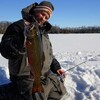
Shoreline Strategies
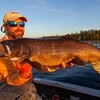
Lakers of Lower Manitou: Fishing Just North of the U.S. Border
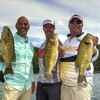
Top 5 Baits for Smallmouth and Largemouth Bass
Ontario Brook Trout
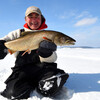
Learn to Be Slow in a Hurry
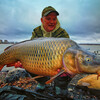
World Class Carp
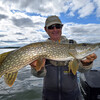
Don't Forget The Umbrella
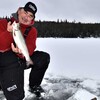
Beaded Lures

The Tigers of Sunset Country
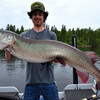
Piecing Together the Muskie Puzzle
Indian Lake Lodge
Troutfly Lake Outpost
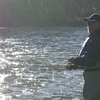
5 Places to Shore Fish
Top 5 Musky Destinations in Ontario

